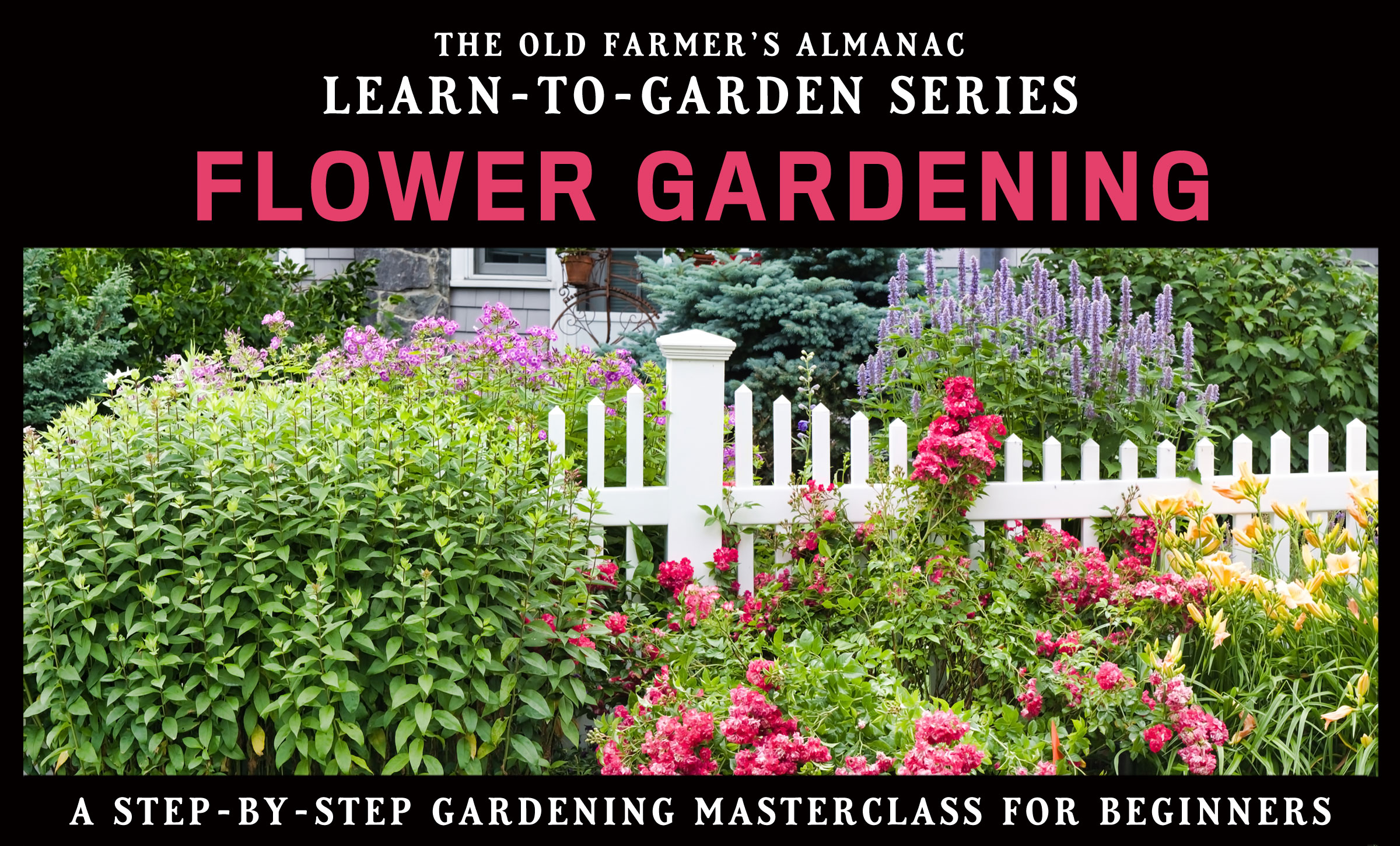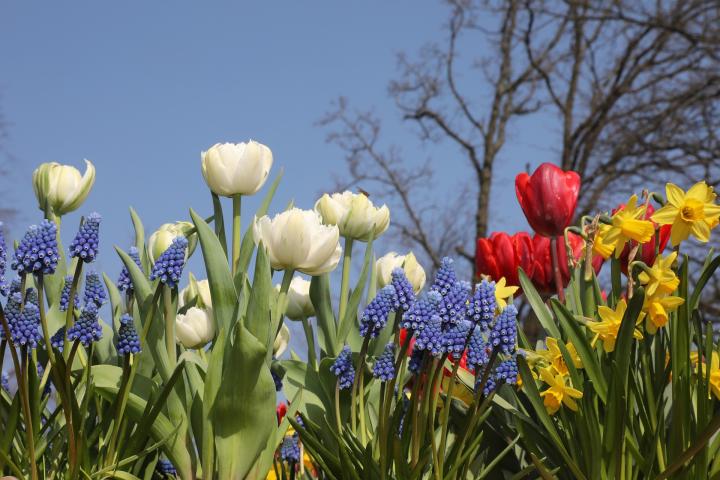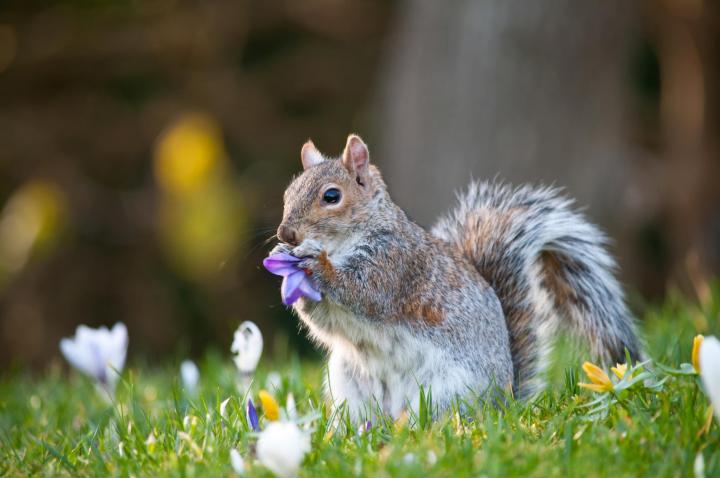

Getting Started with Flower Gardening
Building a Raised Flower Bed Garden
Choosing Flowers
Types of Flower Gardens
Flower Gardening for Pollinators
Growing Flowers in Containers
Spring and Fall Bulbs
Caring for Flowers
Some years back, I planted a couple of dozen tulip bulbs and my (beloved) chipmunks dug down to them and ate each one near immediately! hm...
Then a light"bulb" lit over my head and the thought of sprinkling chili powder (or red pepper powder) onto and around the placed buld before filling came to mind so, I bought a large container of such for next years attempt and it worked like a charm!
Not one bulb loss but, I had a few surprised chipmunks! Every bulb grew with grand success. :)
I just received Tulips and Narcissus in Verdi NV 89439 which should have been planted
Oct-Nov. 2020
per my zone 5-7 recommendations. Its still very cold especially in pm-am. Should I plant now OR put in the refrigerator (how many weeks)and plant later after last frost?
I am never quite sure how to handle the flowers after the bloom- which they did beautifully this year. I cut off the flowers when then died but this year have left the foliage. How long do I leave it? Do I then cut back to the soil and leave it til next year? Can I plant other flowers near or on top?
Thanks
I am a lazy gardener so this is what I do. Bearing in mind the bulb uses the leaves to replenish it's strength to bloom the next year, I wait until when I gently tug on the foliage it easily lets go and comes off in my hand. To test, tug gently on one leaf stalk at a time. When the bulb has reabsorbed the energy it needs, the leaves will easily pull off of the bulb even though they may still be green. I find this generally takes about one month after the plant has finished blooming. If you have 25 of the same bulb, once one is ready, they probably all are so you don't need to gingerly test them one at a time before pulling to remove the leaves. If you want to increase little bulbs like snowdrops, Siberian squill, grape hyacinth, etc. wait until the seed pod stalk begins to droop toward the ground. Now it is ripe and ready to plant. Collect these seed pod "flingers," and toss them wherever you would like more bulbs. In about three years these self planted bulbs will be big enough to bloom. No work to plant, these free bulbs can't be beat.
A friend is regrouping her flower garden and dug up bunches of daffodils and gave them to us. I see that litterateur is saying to plant /transplant in the fall, it is the beginning of spring now. What do I need to do to keep these bulbs until the fall?
It’s best to plant them now. They need time to gather energy while they still have foliage.
I've picked some stems from my daffodils as instructed. Will the plant have another bloom or does each plant only have one bloom and then "die?"
Thank you!
After my bed of tulips, hyacinths, and daffodils is done blooming, I leave the foliage, as advised - but it looks so sad. What can I plant over the bulbs, preferably perennial, so that the garden doesn't look so neglected?
That’s a great question. The foliage of most bulbs (especially daffodils) must remain to renew the bulb. But you could try adding a leafy perennial or fast- growing annual to the area.
I like to plant daffodils in the same space with day lilies. As the daffodil foliage matures, the day-lily foliage grows up to fill in the space.
Many people like to add small hostas in front of daffodils or other spring bulbs; the timing works out perfectly.
Another idea is to plant annual seedlings, such as impatiens, zinnias, marigolds or snapdragons. Or, how about fast-growing Storm petunias to cover large beds of bulbs.
One reader recommends planting poppies with tulips. However, some people treat tulip bulbs as annuals. Instead of producing offsets at the sides of the mother bulb, the mother bulb flowers one season and produces a daughter bulb plus some other smaller bulbs. The old bulb is gone now and the smaller bulbs do not truly amount to much in the garden setting.
Some folks just dig them up when done and replant the bulbs in the fall.
I gave my parents for Easter some daffodils. What should they do with the bulbs until the fall?










